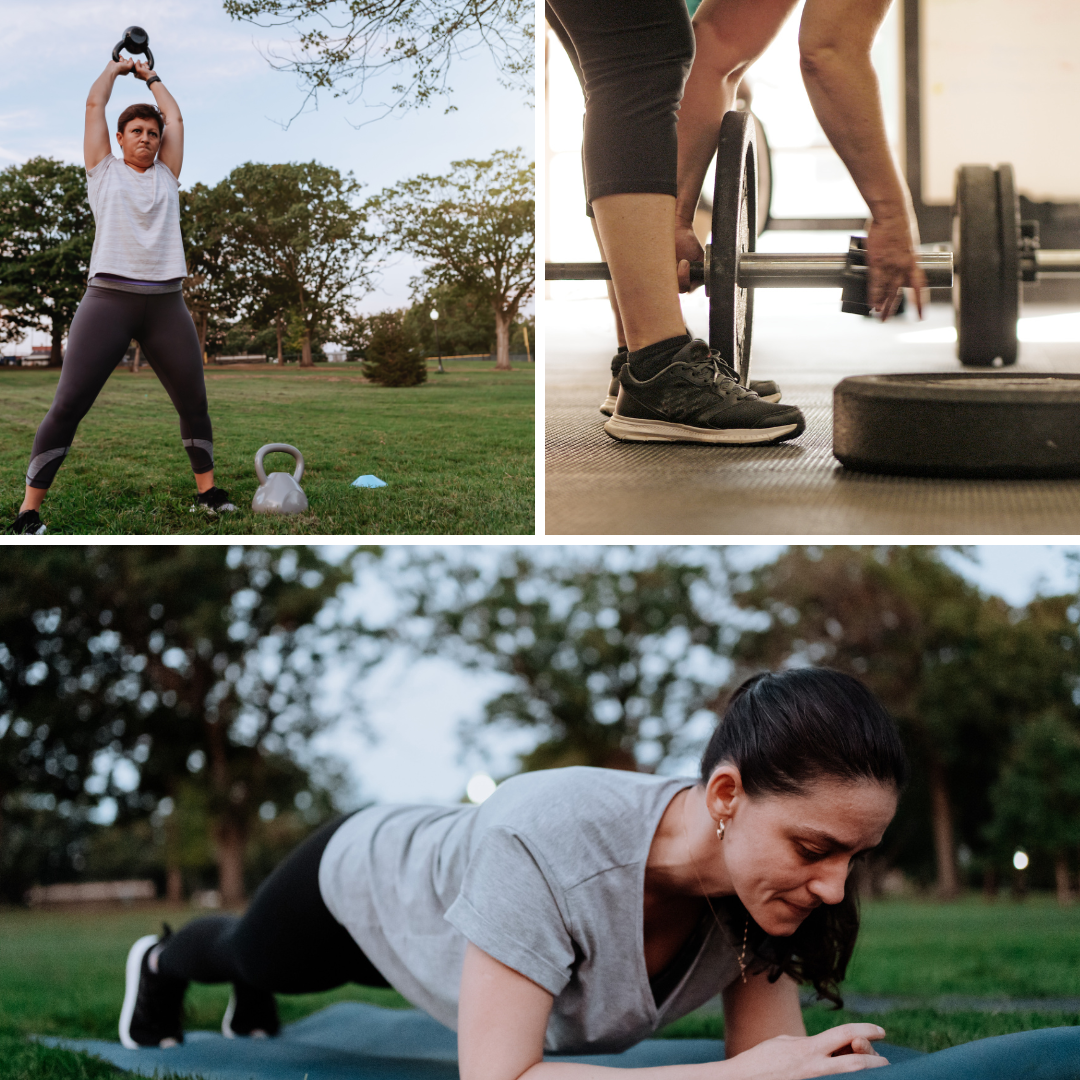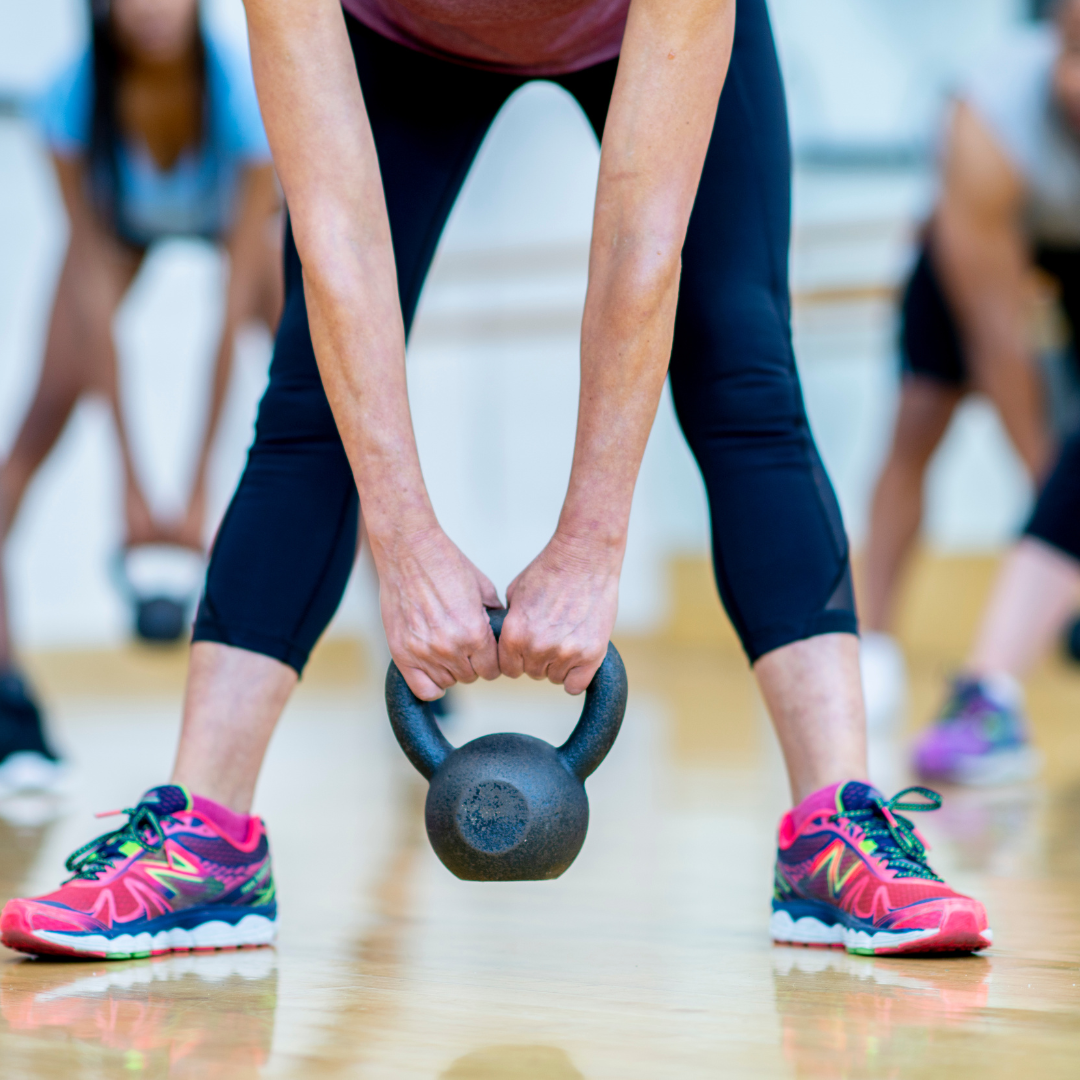Movement Isn’t About Changing You. It’s about finding You.
Rethink what movement means in midlife. It’s not about fixing or shrinking your body - it’s about reconnecting with yourself. Move to feel grounded, strong, and alive. Discover joy, identity, and confidence through mindful movement.
Embrace the Power of Movement and Healthy Eating in Midlife
As you navigate through midlife, your relationship with exercise and healthy eating becomes increasingly essential. Many women find themselves struggling with outdated societal narratives that discourage physical activity and proper nutrition and are confused by the conflicting ‘noise’ found in social media... However, embracing movement and a balanced eating pattern diet can lead to a vibrant, healthy life.
In this blog post, you'll explore how resetting your mindset around exercise and nutrition can transform your midlife journey. Learn how to overcome common obstacles, incorporate effective workout routines, and adopt healthy eating habits that support your overall well-being and vitality as you age.
Unlocking the Secrets to Aging Gracefully
Aging is inevitable, but it doesn't mean we must passively accept its effects. This comprehensive blog post explores the power of functional training in defying the physiological challenges of aging. Functional training is vital in preserving youthful vitality.
Discover how functional training can defy the physiological challenges of aging. Explore what functional training is and why it's crucial for preserving vitality as you age. Whether you're new to muscle fitness or looking to enhance your current routine, this comprehensive guide provides valuable insights into aging gracefully.
The Power of Strength Training in Midlife: Defying Aging with Exercise
The journey through midlife and menopause is a unique and transformative period in a woman's life. It's a time of self-discovery, reflection, and change. It’s also a phase marked by significant physiological changes as women navigate through menopause and post-menopause.
While it comes with challenges, it's also an opportunity to take charge of one's health and well-being. It doesn’t have to be overshadowed by the negative aspects of aging.
Engaging in recreational activities and exercise can be a game-changer during this phase, enabling women to navigate the challenges of midlife and menopause with confidence, resilience, and improved mental and physical health. There are myriad benefits of strength training during midlife that can impact both body and mind by enabling women to take control of their health and enhance their overall well-being well into their later years.
Eleven Reasons Strength Training in Midlife Improves Health
Strength training is one of the cornerstone things women can do to improve their healthspan to live vibrantly and energetically for as long as possible. As we age, the body declines first, then disease begins. The best way to offset illness is to prevent the body from deteriorating. And the best way to do that is to maintain muscle mass.
Don’t miss a blog post - sign up for the Rumblings emails to receive posts delivered straight to you email inbox!





